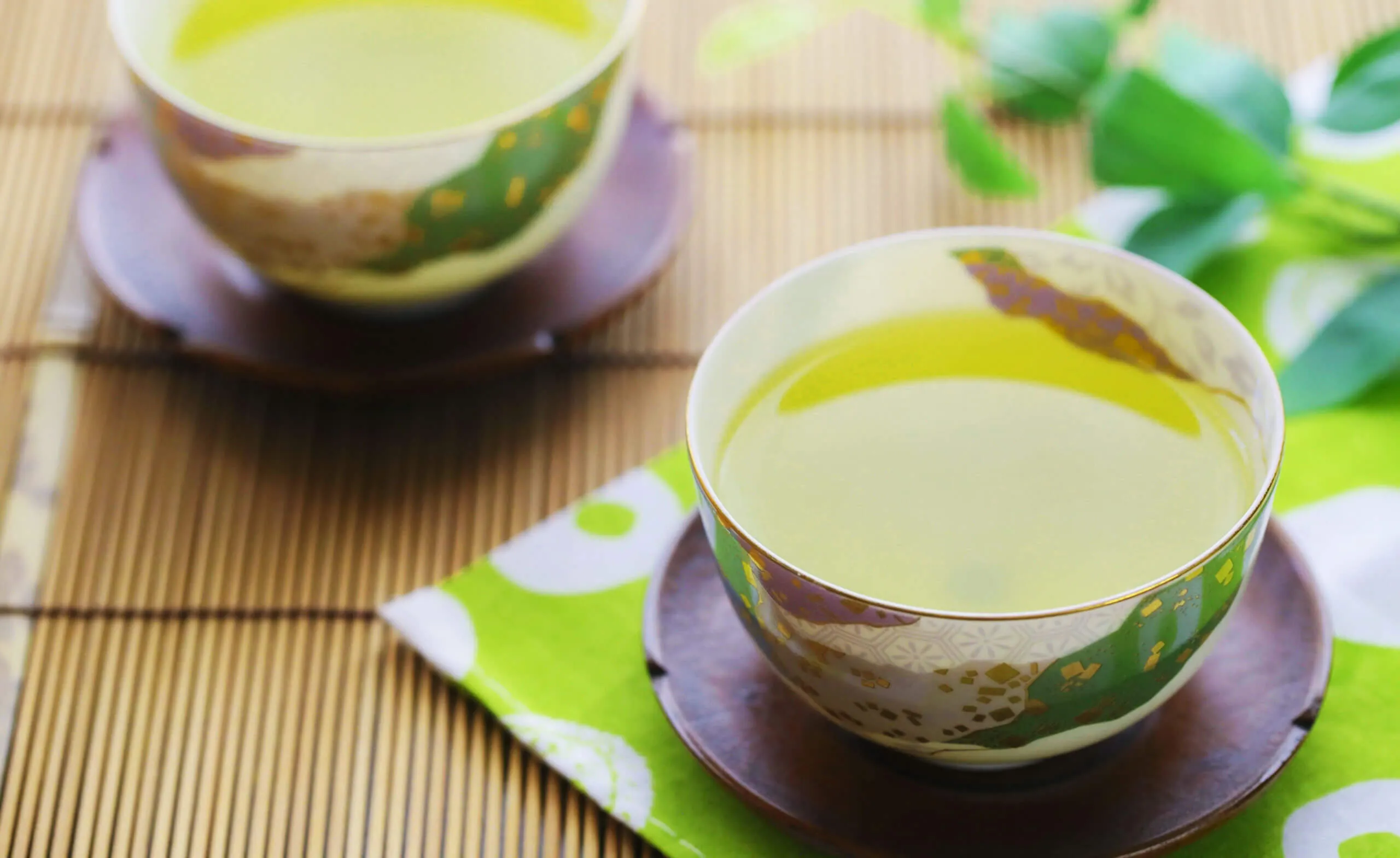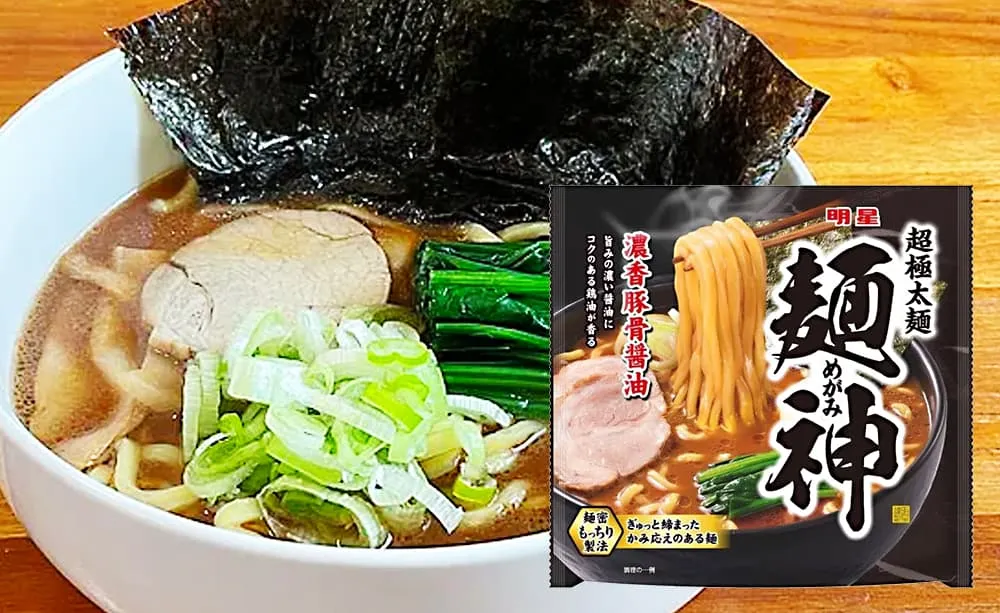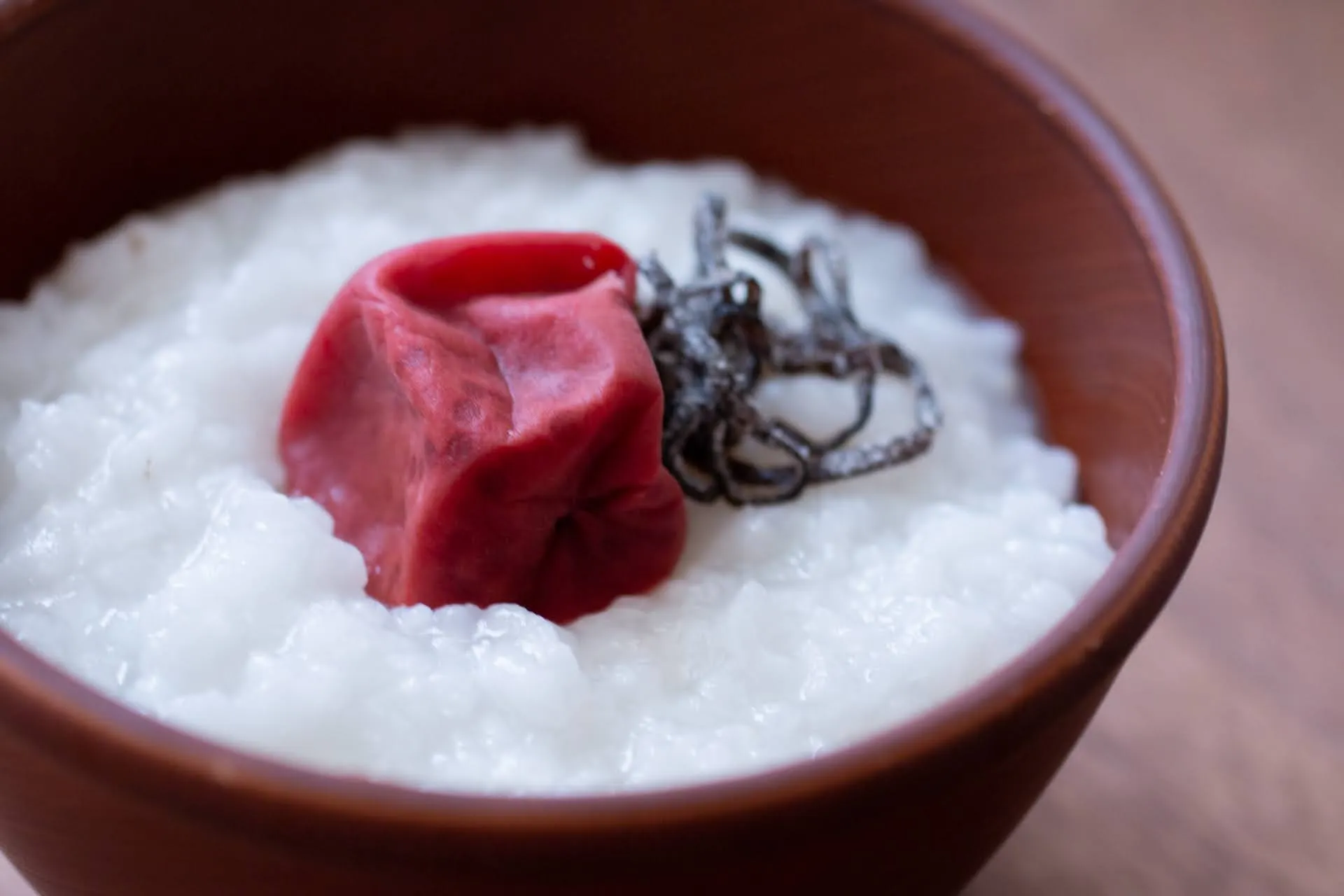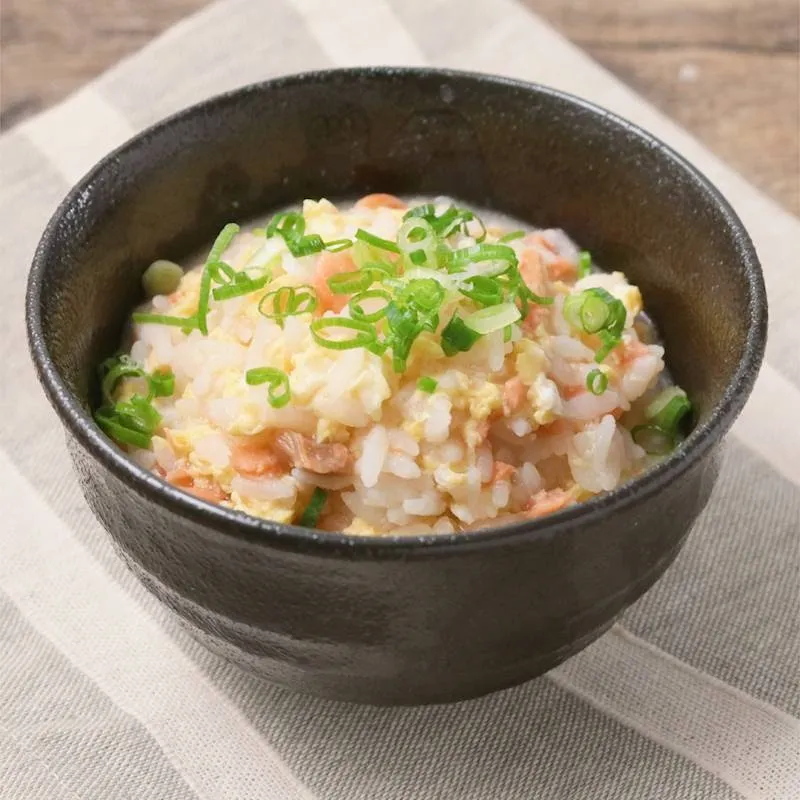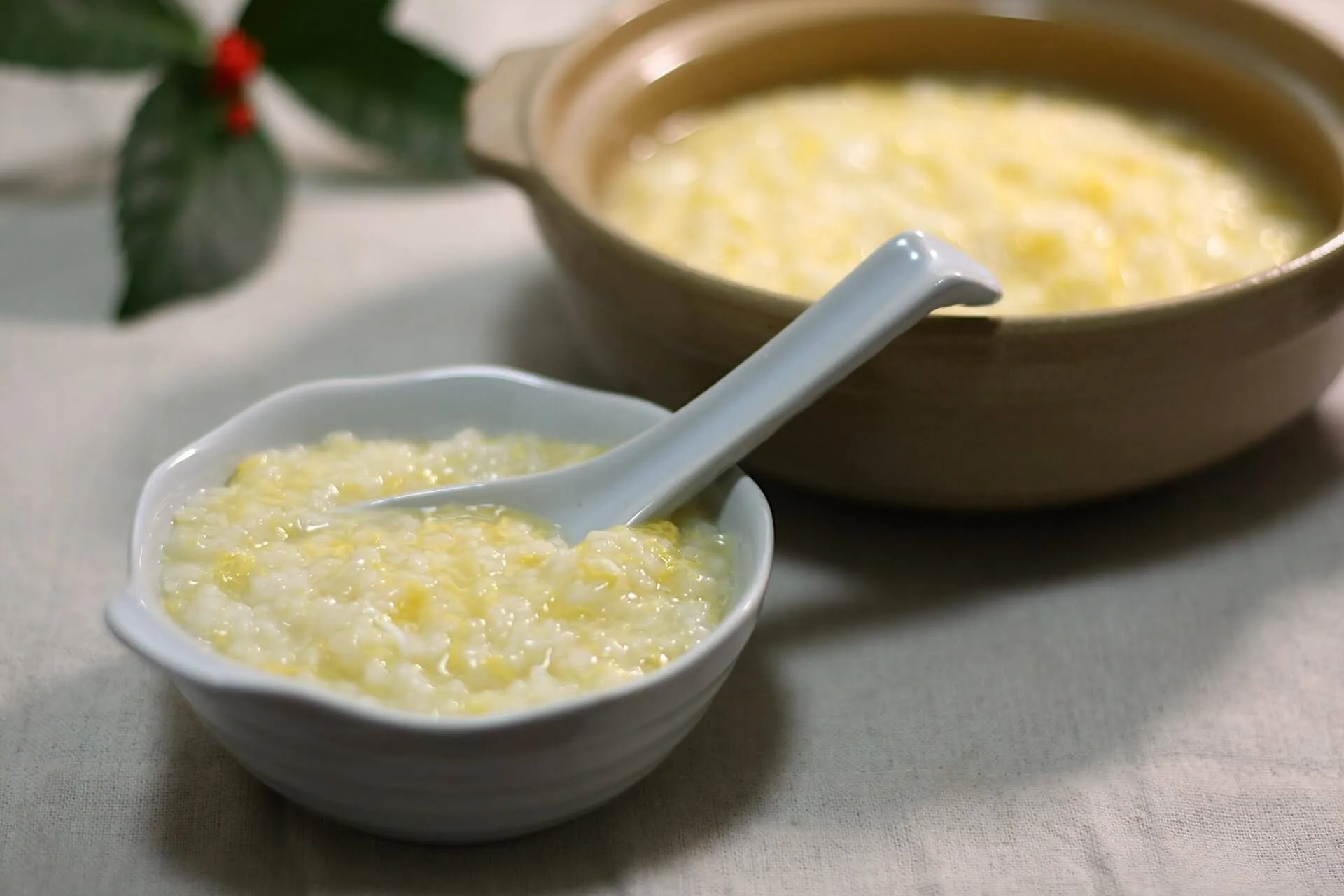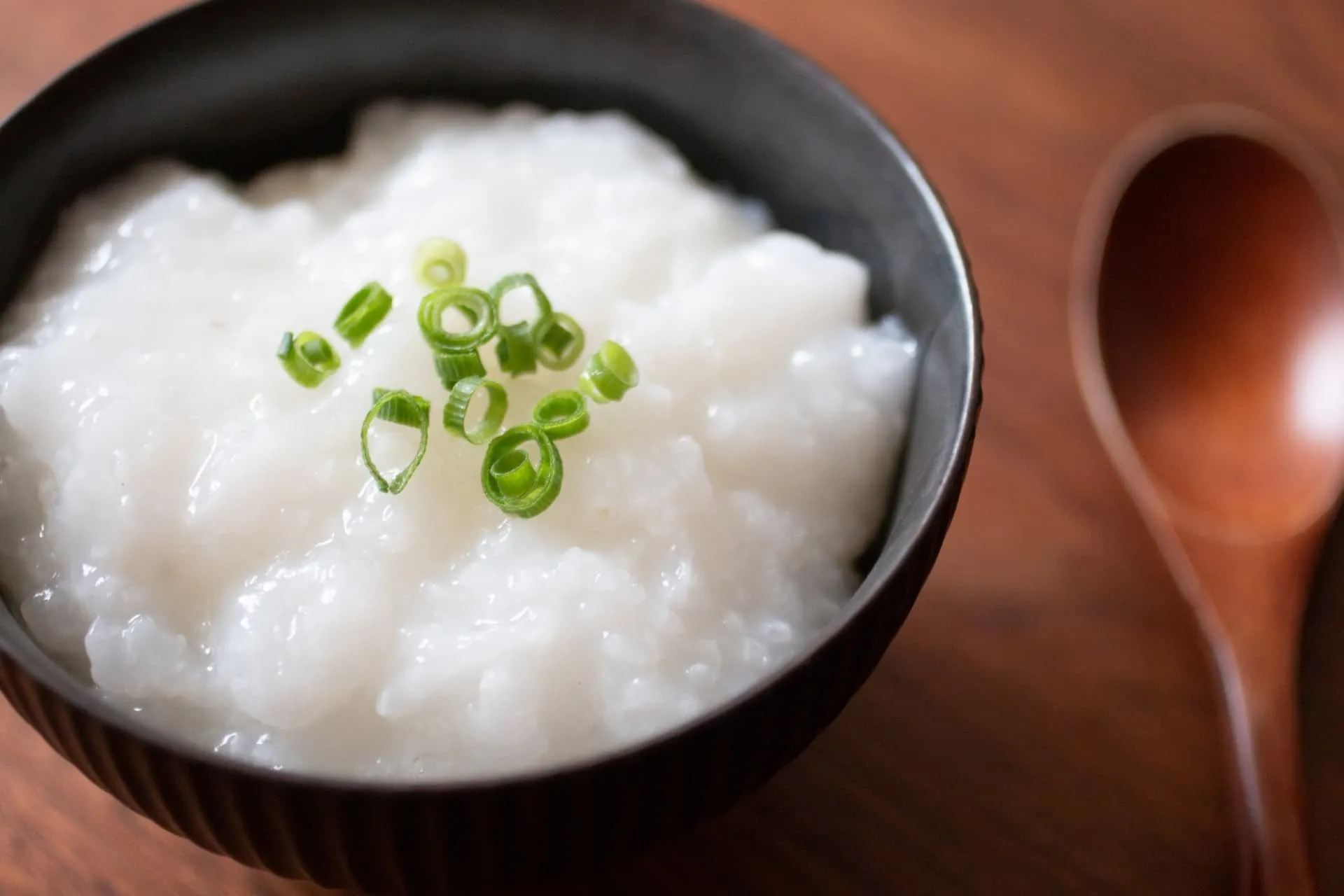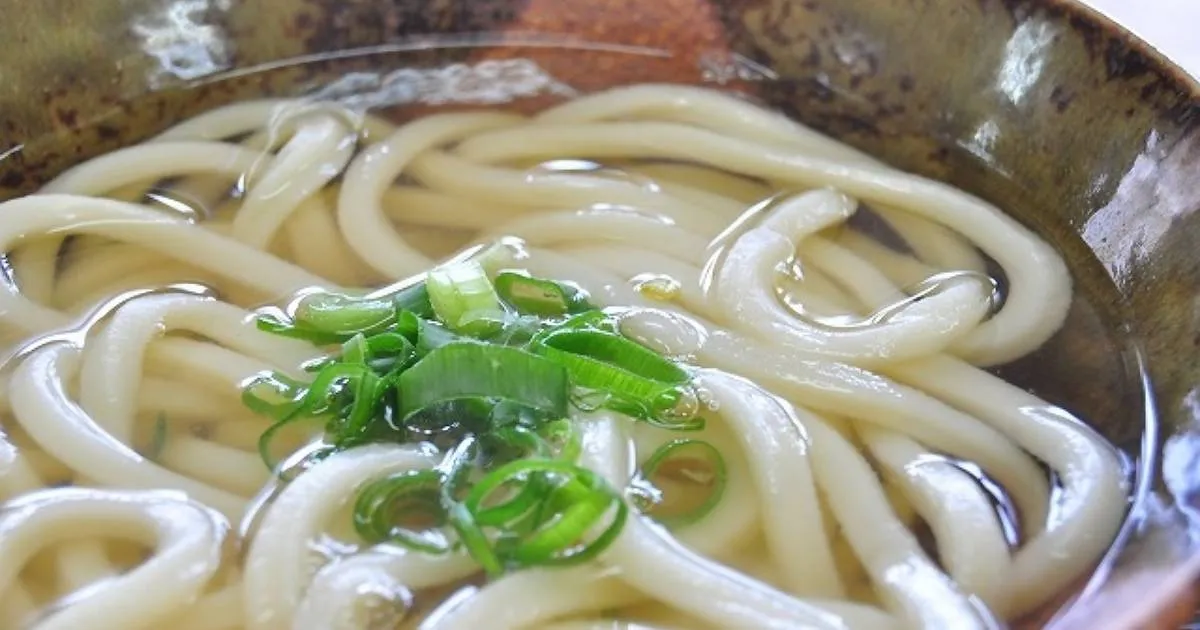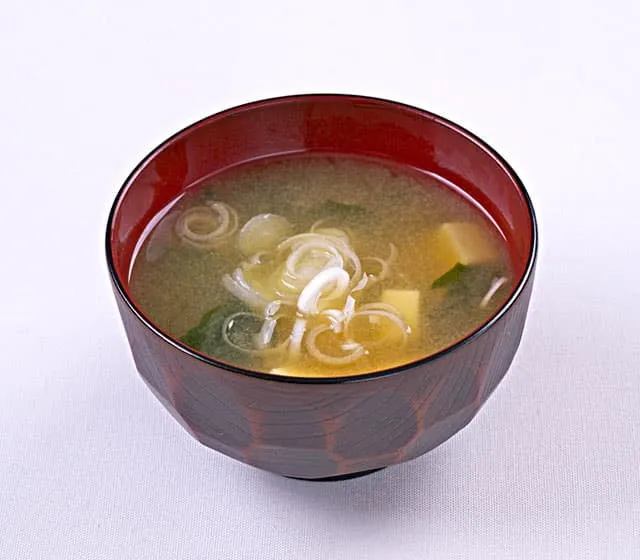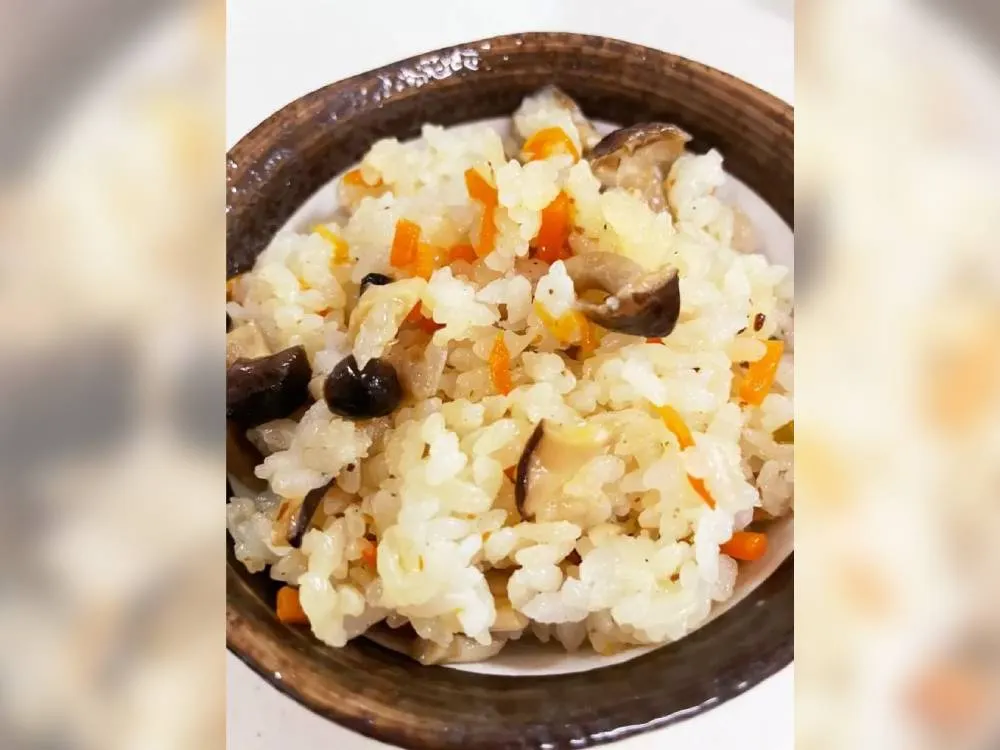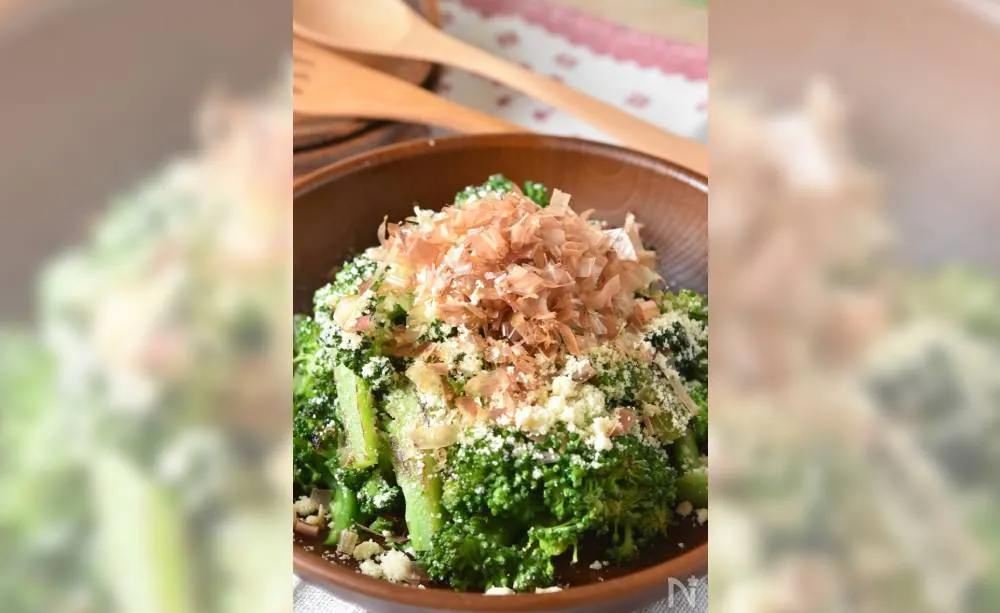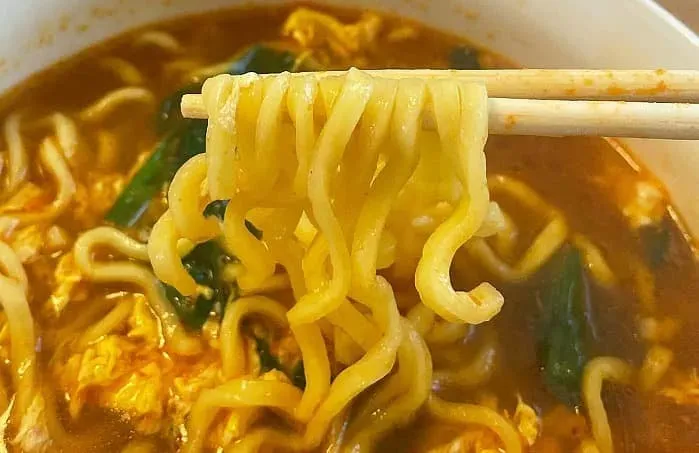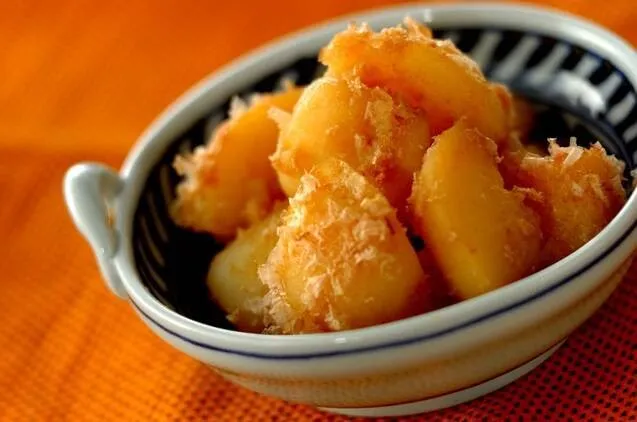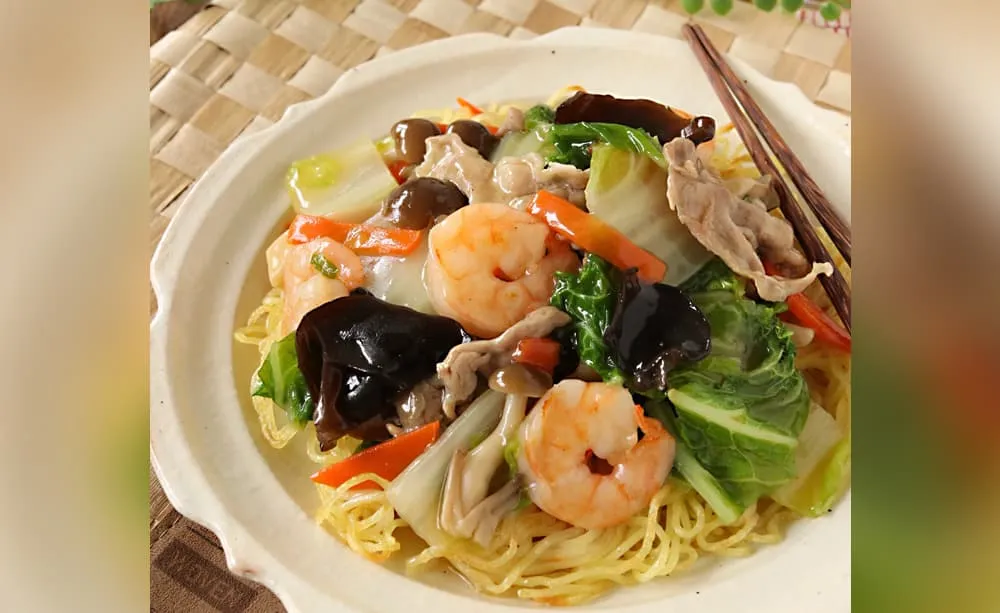- You have no items in your shopping cart
- Subtotal: USD0.00
There are various kinds of tea in the world. British tea, Chinese tea, etc.
Japanese tea, which has been around for a long time in Japan, is made by picking leaves called “cha”, drying them, processing them, and extracting the ingredients with hot water.
In a word, there are many types of Japanese tea such as sencha, hojicha, and genmaicha.
We process dried tea leaves, and depending on how they are processed, we can make various types of tea.
I will explain such tea in a little more detail.
Japanese tea = Green tea
It is also called Japanese tea and also called green tea. I hope you can think of both as the same.
Basically, Japanese tea is used by drying steamed tea leaves without fermenting the tea leaves.
Many have a beautiful green or yellow-green color.
Sencha
Sencha is the most common tea and is often drunk in Japan.
Speaking of tea, this is about it.
Sencha is a tea made from tea leaves that have been cultivated in the sunlight from the time they sprout to the time they are picked.
The taste is astringent, which is peculiar to tea.
Gyokuro
When the shoots start to tea sprout, or about 3 weeks before tea sprout picking, grow in the sunlight.
The more sunlight you have, the more catechins you have.
This catechin becomes the astringency of tea.
However, tea leaves made by blocking sunlight are low in catechins.
Therefore, it has a mild taste with less astringency.
Kabusecha
“Kabusecha” is a type of tea that is grown in the same way as gyokuro by blocking sunlight. However, the period is a little shorter than Gyokuro.
Block the sunlight for a week to 10 days before picking the tea leaves. Also, the shading rate is not as good as Gyokuro.
If gyokuro has a shading rate of 90%, Kabusecha is about 70%.
Therefore, the taste is between that of Sencha and Gyokuro.

Bancha
It is not a new and soft sprout, but a tea made from hardened leaves or leaves that have grown after being picked.
Therefore, sencha is high-class, but bancha is generally cheap.
Due to its low price, it is used as a tea for everyday use at home.
Matcha
Matcha is made by finely crushing a tea called “Tencha” with a stone mill.
I think that the appearance of stirring and drinking with something called chasen is well known as a traditional way of drinking.
However, besides that, it is often used in sweets and cooking, so I think that such usage is more well known.
It is a green powder that is also used in sweets.
Houjicha
Hojicha is tea made from tea leaves made by roasting sencha, kukicha, bancha, etc. over high heat.
The color of the tea is also light brown, which is different from the others.
It is roasted over high heat and has less catechins and caffeine, so you can drink it even before going to bed.
The taste and aroma are very fragrant, and you can drink it at meal time.
Genmaicha
This tea is a blend of relatively inexpensive tea leaves such as bancha and grains such as roasted brown rice.
Since the grain and tea leaves are blended in half, the amount of caffeine is also small. Even small children can drink.
Genmaicha has a characteristic aroma, and because it is blended with roasted grains, it has a very fragrant aroma.
It is recommended to drink as tea after meals because of the aroma and refreshing taste of roasted brown rice.

